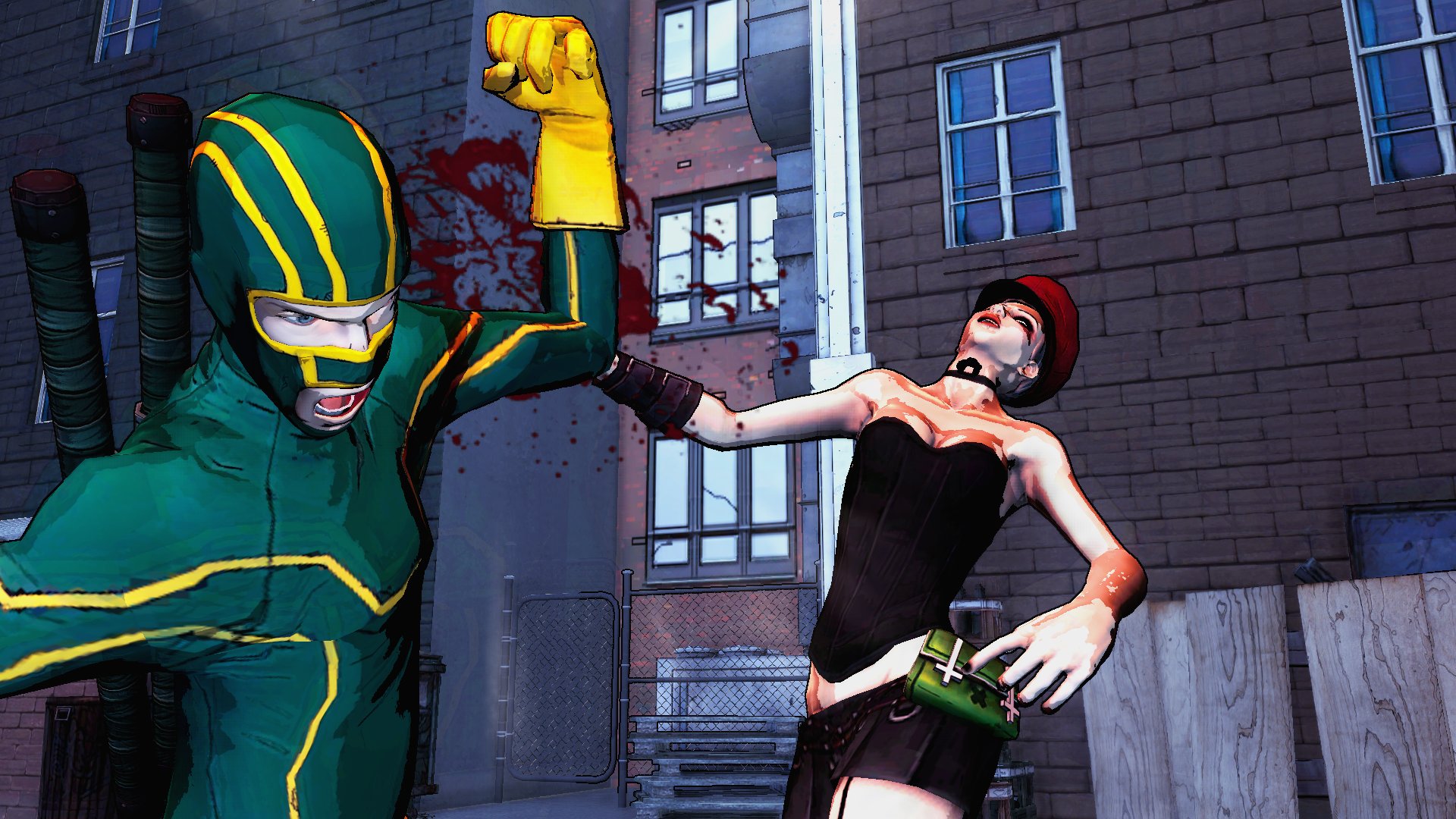
In HtoA, you have a Load At Init parameter on for the Arnold Procedural node.Kick-Ass is a 2010 superhero and comedy Hollywood movie and the film stars Aaron Johnson, Christopher Mintz-Plasse, Mark Strong, Chloë Grace Moretz, and Nicolas Cage have played the lead roles in this movie. The load_at_init parameter controls whether the procedural (standin) is loaded during scene intialization (before rendering starts), or during rendering (when a ray hits the procedural bounding box).īy default, load_at_init is false, which means that procedural loading is deferred until render time.Īnd so, in MtoA, C4DtoA, and SItoA, the load_at_init parameter is exposed as Defer Standin Load, which is enabled by default. Setting the procedural's load_at_init parameter to true would also fix this. ERROR| c4d|Arnold_Procedural: bounds supplied to procedural node are not large enough to contain the actual underlying geometry. There’s an Arnold error that recommends setting the load_at_init parameter, but people don’t always know where to find that in their favorite Arnold plugin.

The image_plane node is a shader, and if you were to check its code, you’d see that it handles camera rays only for any other ray type (like refraction), the image_plane shader returns black. In an ASS file, it looks like this: optionsĬolor c4d|Arnold_Shader_Network|checkerboard You won’t see it in Cinema 4D, but when C4DtoA translates the scene to Arnold, the background object is translated as a shader plugged into the options.background parameter (in Cinema 4D, this is the Environment > Background parameter in the Render Settings). The “background object” is actually a shader plugged into the Arnold background slot. The black areas are where the background object isn’t visible to refraction rays. Here’s an example: a refractive sphere in front of a torus, in front of the background checkerboard object. Or reflections, or anything but camera rays.

The background object isn’t visible in refractions.


 0 kommentar(er)
0 kommentar(er)
